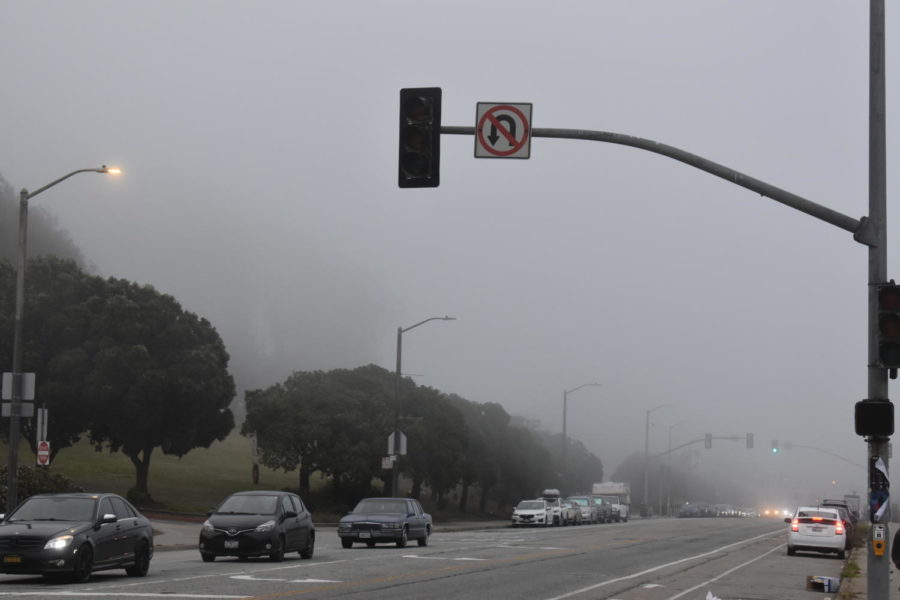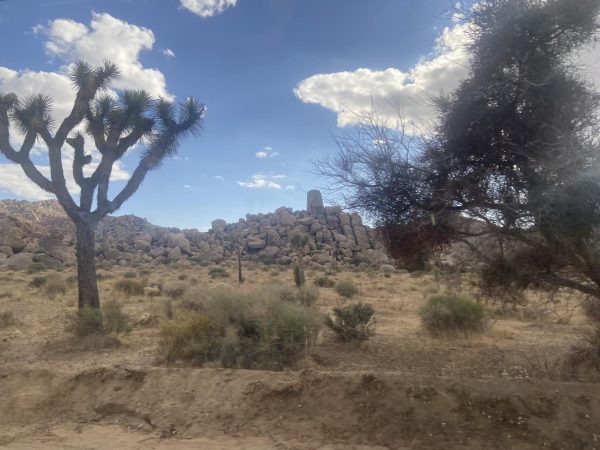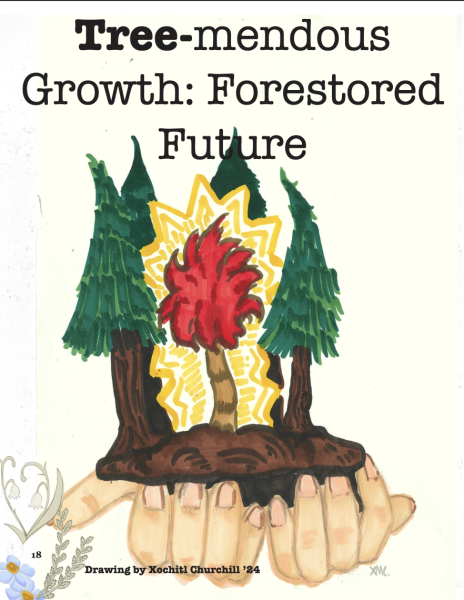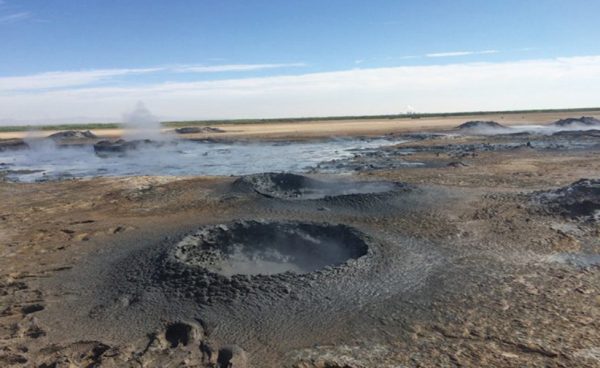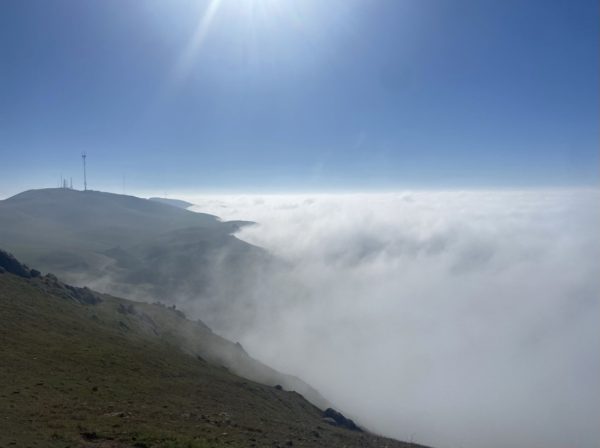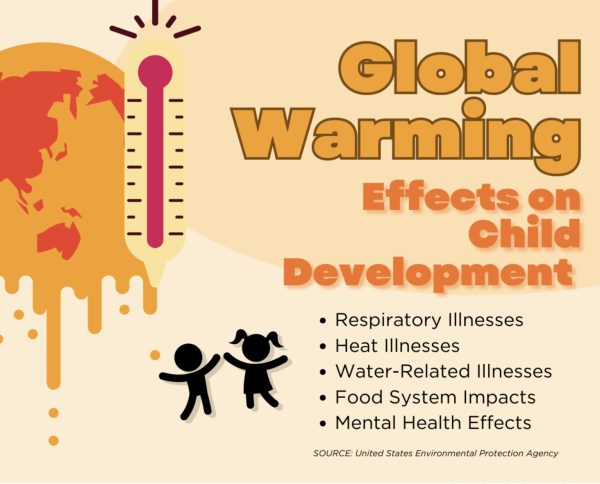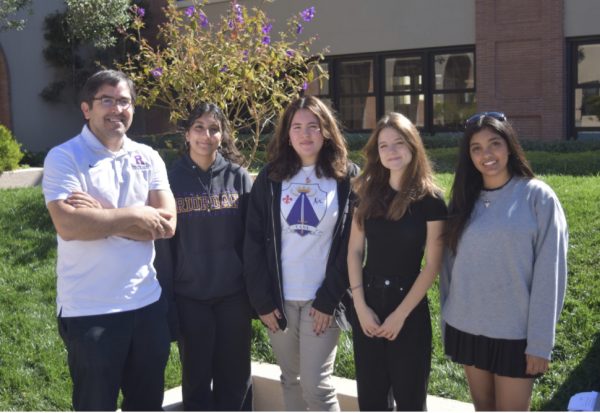Climate change targets Karl the Fog
Streets shrouded in fog, like Frida Kahlo Way, remind people of one of the City’s most notable characteristics. Scientists report climate change has caused fog to decline 33 percent over the past 60 years.
November 16, 2022
Each summer, tourists around the globe flock to San Francisco, eagerly anticipating a respite from the sweltering heat waves that sweep across their homelands.
However, according to a study by scientists at UC Berkeley, summertime fog has declined by 33 percent over the past 60 years.
The study also found that on average, the number of hours of fog along the coastline during the summer has dropped from 56 to 42 percent, translating to a loss of three hours of fog each day.
This decline has been linked to climate change–namely, a decline in the conditions that make the California coastline so favorable to fog. Coastal fog is formed when it is hot inland and cooler offshore, causing winds to flow onshore due to the temperature gradient. As the warm winds blow over the cooler ocean, the air condenses, forming the water particles that make up coastal fog.
This process is influenced by a number of factors, such as the contrast between coastal and inland temperatures, the presence of a temperature inversion between the coast and mountains, strong coastal currents in the ocean, and wind shifts, all of which are readily found near the coast of California.
However, in recent years, some of these factors, such as the coastal-inland temperature contrast, have drastically changed. For instance, the average contrast between Ukiah and Berkeley dropped to 11 degrees from its original level of 17 degrees during the 20th century.
Meanwhile, the temperature inversion has also weakened, which allows fog to dissipate faster by allowing the ocean air and clouds to move upward and inland, leading to a warmer, drier coastline and cooler interior.
Starting with our Ohlone ancestors and continuing to this day, hundreds of generations of Bay Area residents have matched the rhythm of our own lives against the fog’s ebb and flow.
— Colleen O'Rourke, AP Biology
While sunnier days may come as a treat for many, they would come with some unintended immediate ramifications, such as the disruption of redwood ecosystems, which depend on fog as their main source of water, as well as a decline in agriculture along the coast.
But according to Colleen O’Rourke, an AP Biology teacher at Riordan, the disappearance of fog could cause a more gradual, yet equally forceful change upon the way of life in the Bay Area.
“Fog has been a part of the natural beauty of our landscape for as long as humans have lived here. Starting with our Ohlone ancestors and continuing to this day, hundreds of generations of Bay Area residents have matched the rhythm of our own lives against the fog’s ebb and flow.”
She added, “If that dance was lost, a huge chunk of what it means to be human here would be lost as well.”


